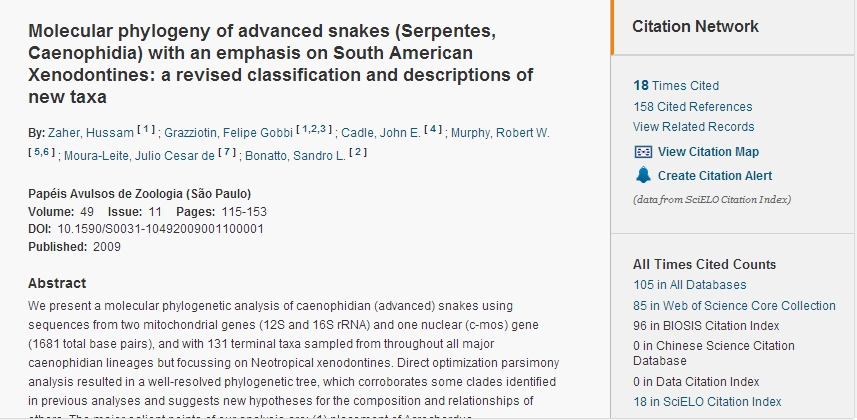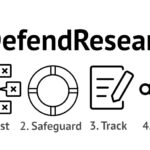By Abel L. Packer
The SciELO Citation Index (SciELO CI) has now been integrated into the Web of Science platform (WoS) and became available as of January 2014. It represents a considerable advance in the international availability of SciELO, its journals and particularly the research outcomes it communicates.
SciELO CI is available under the WoS platform interface along with the other databases which are integrated with it.
The development of SciELO CI has come about as the result of the partnership between the SciELO / FAPESP Program and Thomson Reuters, the owner of the WoS platform. The principals, objectives and perspectives of this partnership are based on two major driving forces.
The first of these is to promote the presence of SciELO in one of the bibliographic and bibliometric indexes of international repute to increase the visibility and credibility of the SciELO journals. The second is to have the SciELO journals indexed – in particular for the counting of citations – in a broad universe of journals which includes the journals indexed in the SciELO Network and those in the WoS platform. This way, the articles published in the SciELO CI journals will have counted the citations received from other articles in SciELO, WoS and other databases. In the same way, all the citations given by the SciELO articles will be taken account of in the citation counts in the other databases.
All SciELO journals that are current will be indexed in SciELO CI. It is estimated that this represents between 700 and 750 journals. The data is updated weekly and the inclusion or removal of journals will be done on a semi-annual basis. SciELO CI will be available to all users of WoS at no additional cost.
The inclusion of SciELO in WoS required the development of software on the part of both WoS and SciELO so that the integration was as seamless as possible between both databases. In addition, an intensive and exhaustive review of the bibliographic data was necessary, a process that will continue to the end of 2014 to correct and improve the compatibility of the bibliographic elements that are part of searches and search filters, such as author affiliation, type of document and languages, and, in particular, those in the retrieval of multilingual articles. In addition, bibliographic references will be standardized to facilitate the identification and counting of citations. It is expected that SciELO CI will be fully compatible with WoS by 2015.
In August of 2014, SciELO will publish the first list of journals with citation counts from SciELO CI.
As such, SciELO aims to be a leading edge indexing and citation count solution for articles published in Brazilian journals and those of the countries participating in the SciELO Network. Thus, SciELO makes an important contribution to the development of the journals, and should be considered a standard to be used in the evaluation processes of agencies that support research and scholarly communication.
External links
SciELO Citation Index – http://wokinfo.com/products_tools/multidisciplinary/scielo/
Translated from the original in Portuguese by Nicholas Cop Consulting.
[Reviewed – 06 March 2014]
Como citar este post [ISO 690/2010]:


















Dear friends of SciELO Citation Index,
Which are the requirements a journal must comply with in order to be included in SciELO CI? I have been looking for them in WoS and here and have not found nothing.
Cheers to all of you and to SCI!
Dear Iván,
Thank you for your comment!
The only two requirements are:
1. To be indexed in one of the SciELO Network Collections;
2. On time delivery to SciELO according the frequency of publication.
Best regards.
Pingback: CFP: Austerity, Welfare and sex/gender regimes | PolisLombardia
Read comment in Portuguese, by Adilson:
http://blog.scielo.org/blog/2014/02/28/scielo-citation-index-no-web-of-science/#comment-18795
Read the comment in Spanish, by Godofredo:
http://blog.scielo.org/es/2014/02/28/scielo-citation-index-en-el-web-of-science/#comment-41062